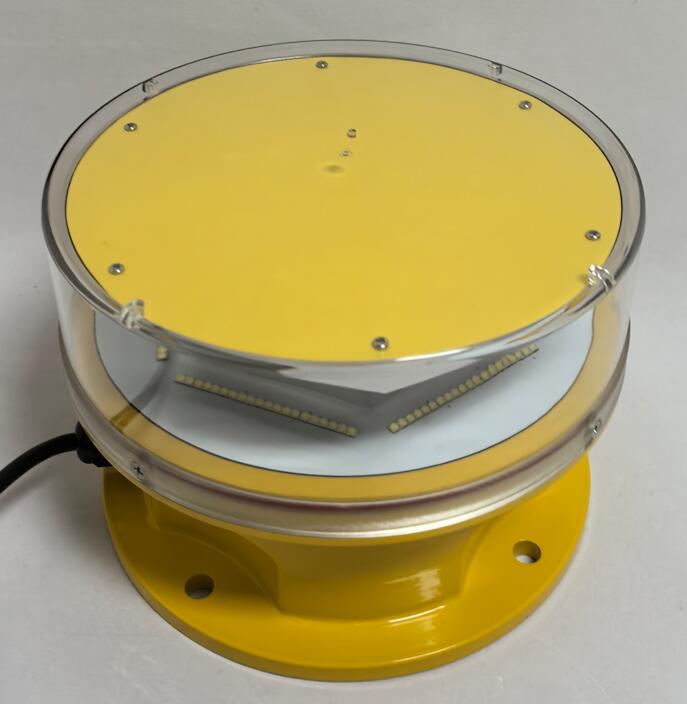Aviation safety relies on numerous critical components, and one of the most vital yet often overlooked is the obstruction light in aircraft. These specialized lights serve as essential visual markers, preventing collisions and ensuring safe navigation in low-visibility conditions. This article explores the purpose, types, regulations, and technological advancements of obstruction light in aircraft, highlighting their indispensable role in modern aviation.
The Critical Role of Obstruction Lights in Aviation
1. Collision Avoidance
The primary function of an obstruction light in aircraft is to make the aircraft visible to other pilots, particularly during nighttime or adverse weather conditions. By emitting high-intensity light, these markers help prevent mid-air and ground collisions, especially near airports and in congested airspace.
2. Regulatory Compliance
Aviation authorities, including the FAA (Federal Aviation Administration) and ICAO (International Civil Aviation Organization), mandate the use of obstruction light in aircraft on all fixed-wing aircraft, helicopters, and drones above a certain size. Compliance ensures uniformity and enhances safety across global air traffic systems.

3. Enhanced Visibility for Ground Operations
On the ground, obstruction lights help ground crews and other aircraft identify parked or taxiing planes, reducing the risk of accidents on runways and aprons.
Types of Obstruction Lights Used in Aircraft
1. Red Anti-Collision Beacon Lights
Typically mounted on the top and bottom of the fuselage.
| obstruction light in aircraft |
Flash at a steady rate to signal the aircraft’s presence.
Required for all commercial and most private aircraft.
2. White Strobe Lights
High-intensity flashing lights usually installed on wingtips and tail.
Improve visibility during takeoff, landing, and flight.
Often used in conjunction with red beacons for maximum alertness.
| obstruction lights in aircraft |
3. Steady-Burning Position Lights
Red (left wingtip), green (right wingtip), and white (tail) lights.
Help pilots determine an aircraft’s direction and orientation at night.
4. Infrared Obstruction Lights (Military Use)
Used in stealth and military aircraft to avoid detection while maintaining visibility for friendly forces using night-vision equipment.
Technological Advancements in Obstruction Lighting
1. LED Adoption
Modern obstruction light in aircraft increasingly use LED technology due to its durability, energy efficiency, and superior brightness compared to traditional incandescent bulbs.
2. Smart Lighting Systems
Some newer aircraft integrate obstruction lights with onboard avionics, allowing automated brightness adjustment based on ambient light conditions, further optimizing visibility and power consumption.
3. Solar-Powered Options
For unmanned aerial vehicles (UAVs) and high-altitude platforms, solar-charged obstruction lights provide a sustainable solution without relying on the aircraft’s main power supply.
Challenges and Future Developments
1. Minimizing Light Pollution
As air traffic increases, balancing visibility with light pollution concerns is becoming a priority. Research is ongoing into directional lighting systems that maintain safety while reducing ground glare.
2. Integration with Next-Gen Air Traffic Control
Future obstruction light in aircraft may sync with ADS-B (Automatic Dependent Surveillance-Broadcast) systems, providing real-time positional data alongside visual warnings.
3. Drone-Specific Solutions
With the rise of commercial drones, lightweight, low-power obstruction lights are being developed to meet regulatory requirements without compromising flight performance.
The obstruction light in aircraft is a fundamental safety feature that plays a silent yet crucial role in preventing accidents and ensuring smooth air traffic operations. As aviation technology evolves, these lights will continue to advance, incorporating smarter, more efficient designs to meet the demands of modern air travel.